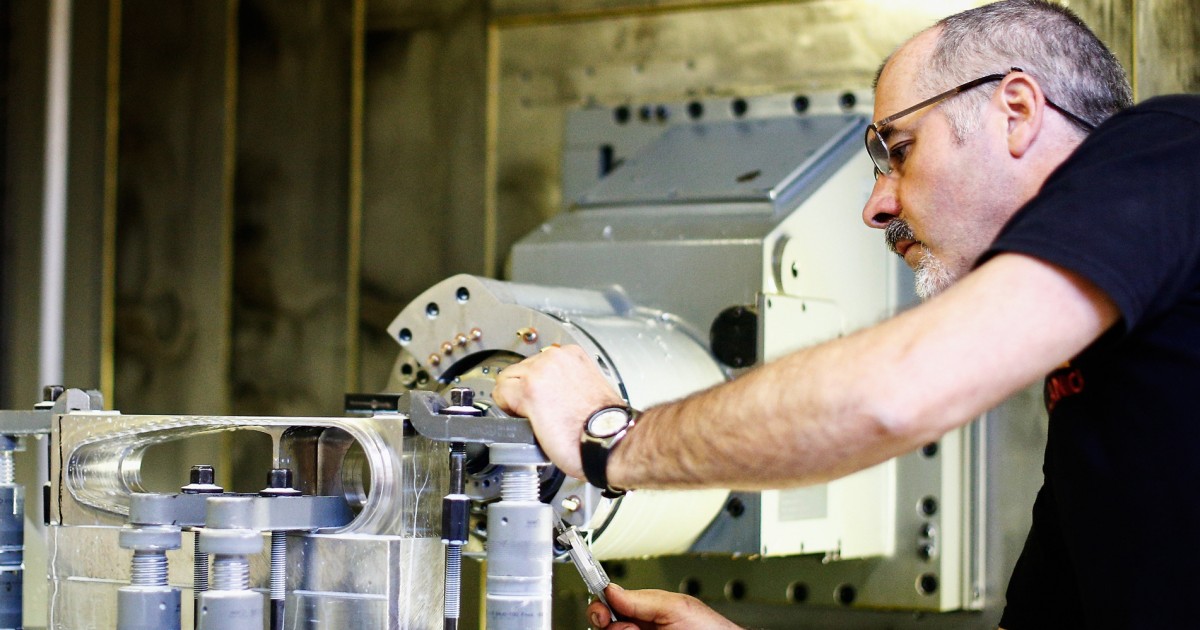
Visible
Visible refers to the portion of the electromagnetic spectrum that can be detected by the human eye, typically ranging from wavelengths of 400 to 700 nanometers. In the context of space and astronautical engineering, visible light is often used for imaging and remote sensing applications, as it can provide valuable information about the composition and structure of objects in space. Visible light can be detected by sensors on spacecraft and telescopes, and can be used to create images of planets, stars, and other celestial objects. Additionally, visible light can be used for navigation purposes, as it can be used to determine the position and orientation of spacecraft relative to other objects in space.
Your Previous Searches
Random Picks
- Frictionless Propulsion: Frictionless propulsion refers to a propulsion system that operates without any frictional losses. In space and astronautical engineering, frictionless propulsion is a highly desirable concept as it can significantly reduce the amount of fu ... Read More >>
- Signals: In space and astronautical engineering, signals refer to any form of information transmitted through electromagnetic waves or other means, including radio waves, microwaves, infrared radiation, visible light, ultraviolet radiation, X-rays, ... Read More >>
- Satellite Construction: Satellite construction is the process of designing, building, and testing artificial satellites that are launched into space for various purposes such as communication, navigation, Earth observation, and scientific research. The constructio ... Read More >>
Top News

Scientists release plans for an even bigger atom smasher to address the mysterie...
GENEVA — Top minds at the world’s largest atom smasher have released a blueprint for a much bigger successor that could vastly improve research into the remaining enigmas of physics....
News Source: NBC News on 2025-04-01

Scientists release plans for even bigger atom smasher along the French-Swiss bor...
Scientists at the world’s largest atom smasher have released a blueprint for a much bigger successor that could help solve enigmas of physics, starting in the mid-2040s at a cost of about $16 billio...
News Source: ABC News on 2025-04-01

The 'Blaze Star' hasn't exploded yet, but it could soon...
T Coronae Borealis has an outburst every 79 to 80 years, according to NASA....
News Source: ABC News on 2025-03-28
I visited the sprawling 'metroburb' where 'Severance' is filmed. It's a 2 millio...
Bell Works, the real office complex that doubles as Lumon on "Severance," is redefining what an office can be....
News Source: Business Insider on 2025-03-28

We've spotted auroras on Neptune for the first time...
After 34 years of searching, astronomers have finally confirmed Neptune has auroras, thanks to data from the James Webb Space Telescope...
News Source: New Scientist on 2025-03-27